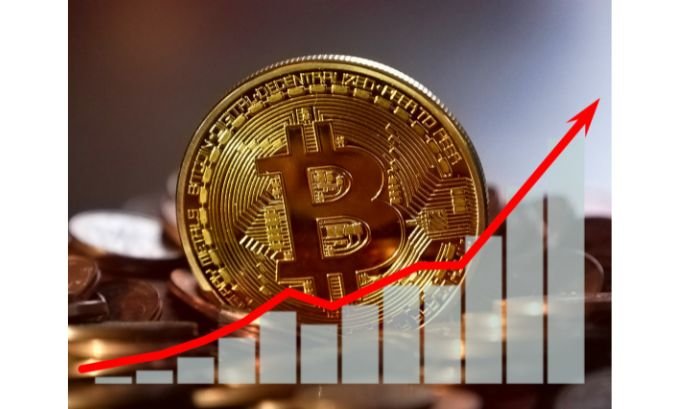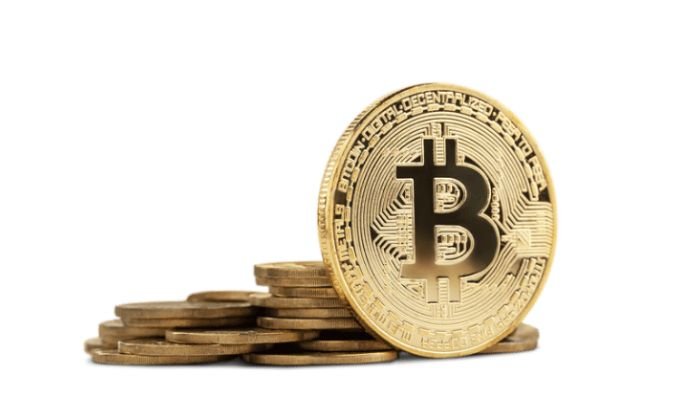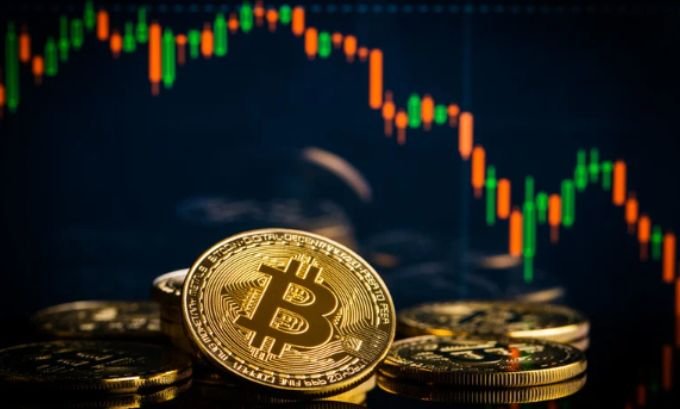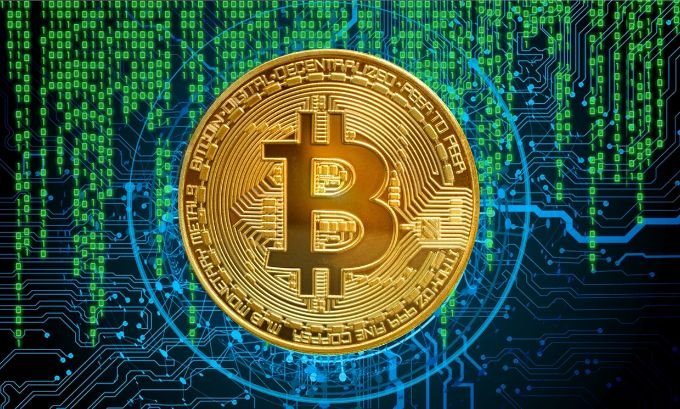Diving into the world of Bitcoin (BTC) can be exciting, but it’s natural to wonder about the safest way to get started. Learning how to buy Bitcoin safely 2025 boils down to a few core principles: using a trusted platform, understanding how to secure your digital assets, and following a clear, step-by-step process. The most secure approach involves a reputable exchange for the purchase and a private wallet for long-term storage.
This guide is designed to demystify the process, offering a human-friendly walkthrough from start to finish. We’ll touch upon the revolutionary Blockchain technology, explore different buying options, and share practical insights gleaned from years in the crypto space. By the end, you’ll feel equipped to make your first Bitcoin purchase with confidence and security.
Table of Contents
The Smart Way to Acquire Bitcoin in 2025
To buy Bitcoin safely, you need a clear plan. It’s not about complicated trading maneuvers but about establishing a secure foundation. This involves picking the right tools, verifying your identity on a regulated platform, and taking full ownership of your digital coins.
Step 1: Grasping the Basics of Bitcoin and Its Technology
Before you invest your hard-earned money, it helps to know what you’re actually buying. Bitcoin (BTC) emerged in 2009, introduced by a mysterious figure or group known as Satoshi Nakamoto. It’s a form of digital money that operates independently of any central bank or government.
At its heart is the Blockchain, a groundbreaking technology that acts as a distributed public ledger. Imagine a digital receipt book shared across a global network of computers. Every transaction is a new entry, and because the book is shared and cryptographically linked, it’s virtually impossible to tamper with. This decentralization provides Bitcoin with its core strengths: security and transparency. New coins are introduced and transactions are verified through a process called Bitcoin Mining, where miners use computational power to solve puzzles and maintain the network’s integrity.

Step 2: Selecting Your Digital Vault—A Cryptocurrency Wallet
Think of Cryptocurrency Wallets as the digital equivalent of a bank account, but one where you are the only person in control. These wallets don’t store your coins directly; they hold the secret codes, or private keys, needed to access and manage your Bitcoin on the blockchain.
Wallets generally fall into two categories:
- Hot Wallets: These are connected to the internet and include mobile apps, desktop software, and web-based wallets found on exchanges. Their online nature makes them convenient for quick access and frequent transactions, but it also makes them more susceptible to online threats.
- Cold Wallets: These are offline storage devices. Hardware wallets, which resemble small USB drives, are the most common type. By keeping your private keys completely offline, they offer the highest level of security against hacking, making them ideal for storing significant amounts of crypto long-term.
A sensible approach for most people is to use a combination: a hot wallet for small, everyday amounts and a cold wallet for the bulk of your savings.
Looking to spend your crypto gains wisely? Explore authentic Japanese snacks, groceries, and gifts at TokyoMart.store — Japan’s favorite online destination for food lovers.
Step 3: Choosing a Trustworthy Cryptocurrency Exchange
Cryptocurrency Exchanges are the marketplaces where you can buy, sell, and trade digital currencies like Bitcoin. The exchange you choose is your gateway to the crypto world, so picking a reliable one is paramount. Look for platforms with a solid reputation, strong security protocols, and transparent fee structures.
One of the most well-known platforms is Binance. As one of the world’s largest exchanges by trading volume, it offers a deep set of features and robust security, including an insurance fund to protect users. While its professional interface can seem daunting, the basic process of buying Bitcoin is quite simple. Other highly regarded exchanges include Kraken, Coinbase, and YouHodler.

Step 4: Setting Up and Fortifying Your Exchange Account
After selecting an exchange, it’s time to create your account. This process is generally straightforward and focuses heavily on security.
- Register Your Account: Start by providing your email and creating a password. Make it a strong, unique one you don’t use anywhere else.
- Activate Two-Factor Authentication (2FA): This is a crucial security layer you should never skip. It requires a second code, typically from an authenticator app on your phone, to log in or make withdrawals, effectively blocking unauthorized access even if someone steals your password.
- Complete Identity Verification: Reputable exchanges adhere to “Know Your Customer” (KYC) regulations. This means you’ll need to submit a photo of a government-issued ID and possibly a selfie to confirm your identity. While it may feel like a hassle, this step is vital for preventing fraud and ensuring the platform remains compliant and secure.
Step 5: Adding Funds and Executing Your Bitcoin Purchase
With a verified account, you’re ready to deposit funds. Exchanges typically support various methods:
- Bank Transfer (ACH or Wire)
- Debit/Credit Card
- Digital payment services like PayPal or Apple Pay
Debit card purchases are usually the fastest but may come with slightly higher fees. Bank transfers are often more cost-effective but can take a few business days to process. Once your funds have arrived, head to the “buy” or “trade” section, select BTC, and decide how much you want to purchase. You can either buy instantly at the current market price or set a specific price you’re willing to pay using a limit order.
If you are interested in buying Bitcoin, read more about how to buy bitcoin safely 2025 in techbullion.in, mindjournal.co, bangalorenews.net or ponta.in
Step 6: Securing Your Assets in a Personal Wallet
This is the final and most important step in taking true ownership of your Bitcoin. While you can leave your coins on the exchange, doing so means you are trusting the platform’s security. For long-term holding, it is widely recommended to move your assets to a personal cryptocurrency wallet you control.
This act of self-custody is the essence of the Financial Freedom that Bitcoin enables. To make the transfer, you’ll find the “withdraw” option on the exchange, enter the public address of your personal wallet, and confirm the amount. Always double- or triple-check the address, as transactions on the blockchain are irreversible.
My Journey into Bitcoin: A Personal Reflection
I remember my first time buying Bitcoin. The year was 2017, the market was buzzing, and I felt a mix of excitement and confusion. I bought a small amount on an exchange and, not knowing any better, just left it there. A few months passed, and news broke that a different exchange had been hacked. Nobody I knew was affected, but it was a stark reminder that “not your keys, not your coins” wasn’t just a catchy phrase.
That incident spurred me to research hardware wallets. I ordered a Trezor, and the day it arrived, I carefully followed the instructions to move my Bitcoin offline. Holding that little device, knowing I was in complete control of my assets, was a profound moment. It was then that the true vision of Satoshi Nakamoto—a peer-to-peer financial system—really clicked for me.
Since then, I’ve become a firm believer in Dollar-Cost Averaging (DCA). I set up a small, automatic weekly purchase. This simple strategy took all the emotion out of it. No more checking prices obsessively or trying to guess market tops and bottoms. It’s a calm, steady way to build a position over time.

What I Appreciate About the Bitcoin Ecosystem
- Empowerment: Holding Bitcoin in a personal wallet provides true ownership. Your funds can’t be frozen or seized by a third party, offering a level of Financial Freedom unmatched in the traditional system.
- Global Access: Anyone with an internet connection can access the Bitcoin network. It’s borderless, operating 24/7 without gatekeepers.
- Predictable Scarcity: The supply of Bitcoin is capped at 21 million coins. This built-in scarcity makes it an attractive potential hedge against the inflation of traditional currencies.
- Simplicity in Strategy: You don’t need to be a Wall Street trader. A straightforward approach like Dollar-Cost Averaging (DCA) is a statistically proven and stress-free way to invest for the long term.
- Growing Accessibility: Options like Bitcoin ATMs are making it easier for people to buy Bitcoin with cash, further bridging the gap between digital and traditional finance.
Where the Bitcoin Experience Could Improve
- The Onboarding Hurdle: For a true beginner, the concepts of private keys, wallet security, and recovery phrases can be daunting. The space has made progress, but the initial learning curve remains steep.
- Transaction Finality: The fact that blockchain transactions are irreversible is a double-edged sword. It provides security, but a simple mistake, like sending funds to the wrong address, can result in a permanent loss.
- Market Volatility: Bitcoin’s price is notoriously volatile. While this can lead to significant gains, the sharp downturns can be stomach-churning for new investors and require a strong long-term conviction.
- The Security Burden: Being your own bank is empowering, but it also means you are 100% responsible for your security. Losing your wallet’s recovery phrase is like losing the key to a vault with no locksmith to call.
A Quick Comparison of Bitcoin Buying Methods
| Purchase Method | Typical Speed | Security Level | Common Fees | Level of Control | Ideal User |
|---|---|---|---|---|---|
| Centralized Exchange | Instant to a few days | High (Platform Dependent) | Low-Medium | Custodial until withdrawn | Beginners and Active Traders |
| Hardware Wallet App | Fast | Highest | Medium | Full and Immediate | Security-conscious Investors |
| Bitcoin ATM | Very Fast | High (Direct to Wallet) | High | Full and Immediate | Someone needing instant Bitcoin with cash |
| Peer-to-Peer (P2P) | Variable | Medium (User-dependent) | Low | Full and Immediate | Users seeking privacy or alternative payments |
Frequently Asked Questions (FAQ)
1. What is the single most important step for buying Bitcoin safely?
The most critical step is moving your Bitcoin off the exchange and into a personal cryptocurrency wallet where you control the private keys. A hardware wallet is the gold standard for security.
2. Is it too late to buy Bitcoin in 2025?
Many experts believe Bitcoin is still in its early stages of adoption. While past performance is no guarantee of future results, its fixed supply and growing integration into the global financial system suggest long-term potential. Using a strategy like DCA can mitigate the risk of buying at a temporary peak.
3. Do I have to buy a whole Bitcoin?
No, absolutely not. A single Bitcoin is divisible into 100 million units called satoshis. You can buy as little as $20 worth, making it accessible to investors of all sizes.
4. Is it safe to use a big exchange like Binance?
Yes, using a large, reputable exchange like Binance for the purchasing process is generally safe. They invest heavily in security, but the best practice is to use them as an on-ramp, not a long-term storage solution.
5. What are Bitcoin ATMs and should I use them?
Bitcoin ATMs are physical kiosks that let you buy Bitcoin using cash. They are convenient and send the BTC directly to your wallet, but they often charge very high fees (sometimes over 10%) compared to online exchanges. They are best for small, urgent purchases.
6. What’s the difference between Bitcoin Mining and buying Bitcoin?
Bitcoin Mining is the industrial process of using computers to secure the network and create new bitcoins. Buying Bitcoin is simply acquiring the existing currency on the open market. As an investor, you only need to focus on buying.
7. How do I avoid scams?
Be skeptical of any offer that promises guaranteed returns. Never share your wallet’s private keys or recovery phrase with anyone. Always double-check website URLs and wallet addresses before sending funds.
Final Thoughts
Successfully learning how to buy Bitcoin safely in 2025 is less about technical wizardry and more about adopting a security-first mindset. By taking the time to understand the fundamentals of the Blockchain, choosing the right tools like a trusted exchange and a hardware wallet, and embracing a patient investment strategy, you place yourself in the best possible position for success.
The journey toward Financial Freedom through digital assets requires diligence and personal responsibility. Yet, the reward—true ownership of your wealth in a decentralized financial system—is a powerful motivator. The steps outlined here provide a reliable roadmap to begin that journey.
Ready to secure your digital future? The next logical step is to research and select a hardware wallet that fits your needs.
Author Bio
Alex Rivera is a cryptocurrency analyst and educator with over eight years of experience in the digital asset space. After witnessing the potential of blockchain technology firsthand, Alex dedicated his career to making crypto accessible and understandable for everyone. He specializes in security best practices, investment strategies, and market analysis. When he’s not writing about crypto, Alex enjoys hiking and exploring the intersection of technology and finance.
References
- Nakamoto, S. (2008). Bitcoin: A Peer-to-Peer Electronic Cash System. Available at bitcoin.org.
- Binance. (2025). Security at Binance.
- Federal Trade Commission. (2024). What To Know About Cryptocurrency Scams.
- Investopedia. (2025). Dollar-Cost Averaging (DCA) Explained.


